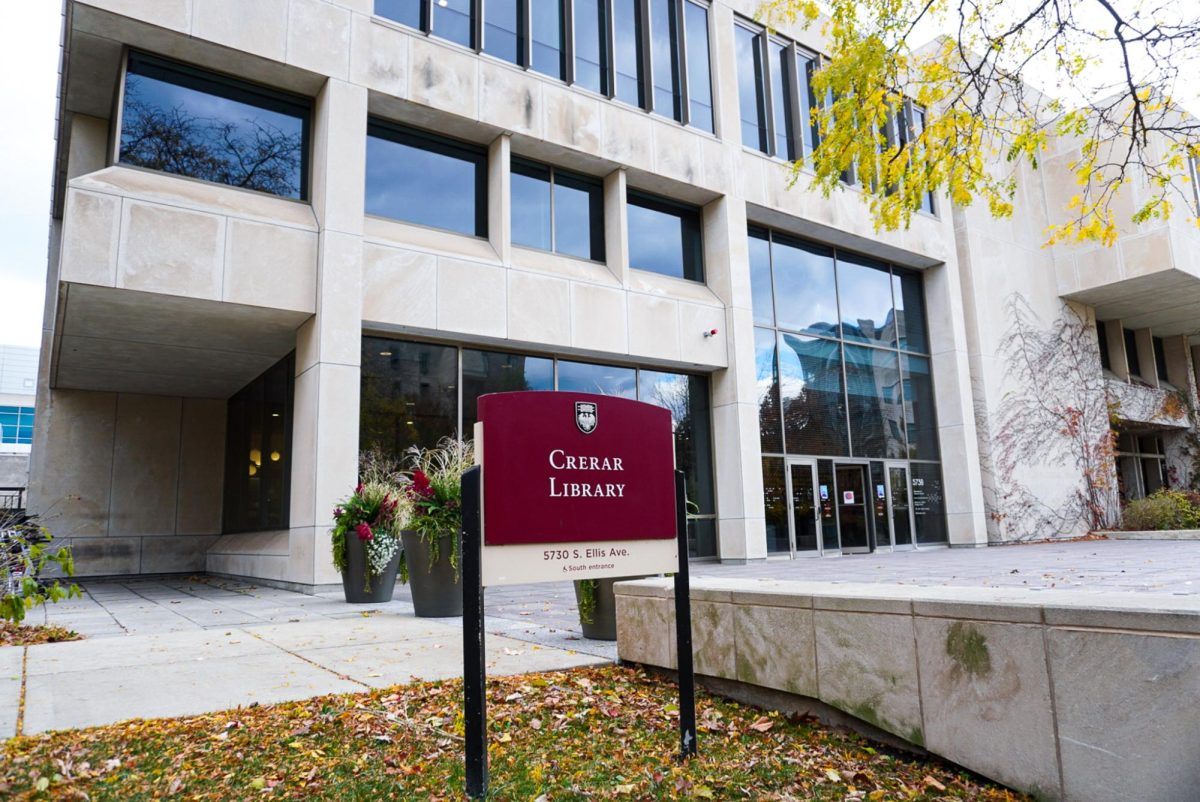Just south of the Midway, Farr Associates—a Chicago-based architecture firm known for green buildings and neighborhood plans—is renovating and converting what was New Grad into the new Harris School of Public Policy. This project is benign enough; it turns a closed dorm into an open, glass-paneled center for the public policy school. No harm, no foul. The firm’s founder, Doug Farr, speaks fondly of the project and his other work; as a professor for the Chicago Studies Calumet quarter, he takes the students to see his affordable housing projects in northern Indiana. The University of Chicago demonstrated its vow to environmentally conscious architecture and sustainability by assigning the conversion to him and his team. It speaks to the University’s commitment to the values of New Urbanism, a school of which Farr is a prominent member, alongside University professor of urbanism Emily Talen. Yet given that Farr is also the designer of Harper Court, it also speaks to UChicago’s commitment to the architect behind major gentrifying forces. This prompts questions about future projects on campus, especially for the new dorm located a block further east along the Midway: Who should build them?
Our campus is known for its Collegiate Gothic architecture; tours spout off information about how John D. Rockefeller chose limestone because it ages quickly and would resemble the famed European universities in its design as well as materiality. There is the Reg—Skidmore, Owings & Merrill’s striking example of brutalist thinking—and its appendix, Helmut Jahn’s innovative Mansueto glass shell. South of the Midway is Ludwig Mies van der Rohe’s School of Social Service Administration (a personal favorite), and right next door is Todd William and Billie Tsien’s Logan Center. As visually and architecturally striking as these buildings are, there is something even more shocking about them: how white their designers are.
Architecture and urbanism are exceptionally white and Eurocentric, and our campus—along with the New Urbanism our professors and campus architects espouse—is no exception. Almost all of our buildings were designed by white men, save for Billy Tsien, Jeanne Gang (a white woman, my issues with whom could fill up a dissertation), and Ricardo Legorreta (the architect behind Max P). Despite its gray limestone and concrete, our campus, from a building perspective, is exceptionally white. Even if the architects behind our campus remain unknown, what is salient is that it looks like any other top-tier academic institution: places founded by, intended for, and based on the wishes of white, European men. This sends the message to the student body, as well as the campus’s observers, that the University is intended for white people, especially men. An institution’s built environment puts its values and ideals into physical form in a way that is impossible to ignore or avoid, and UChicago is no exception. In choosing to enlist Doug Farr, the University is effectively saying that the only environmentally friendly architecture worth considering is done by white men with degrees from the top architecture schools in the country.
Awareness of architecture’s expressive intent (be it conscious or not) is only growing here, what with the new architectural studies minor and the growing number of architectural historians on faculty. Before making the architecturally inclined feel welcome, the University should ensure that its own architecture makes a diverse student body feel welcome and represented. This is no herculean task; there are tens, if not hundreds, of male, female, non binary architects of color from around the world who specialize in environmentally conscious architecture. This year’s Pritzker Architecture Prize (the Nobel of architecture) was awarded to one such individual: Balkrishna Doshi was born and raised in India, studied under the father of modern architecture, Le Corbusier, and has designed multiple campuses around the world known for their commitment to collaborative learning, diversity, and sustainability—three issues which the University holds close and should hold even closer. The fact that Doshi was awarded the prize and not someone else, like the ever problematic and frankly overrated Jeanne Gang, who was on their shortlist, shows that the greater architectural world is advancing toward greater diversity (further proven by the Pritzker’s winners from the last 10 years). Why should our campus be any different?
The University is at a critical point: It can choose to remain in its bubble of Eurocentric architecture (and the overarching Eurocentrism it conveys), or it can concretize its commitment to diversity—of thought, of identity, of form. This is not a call for the campus to be demolished; rather, it is a plea for the administration to recognize the expressive ideological importance of the built environment and to conduct itself in a way that shows a commitment to the diversity it claims to have in ways beyond demography.
Isaac Tannenbaum is a student in the College.






